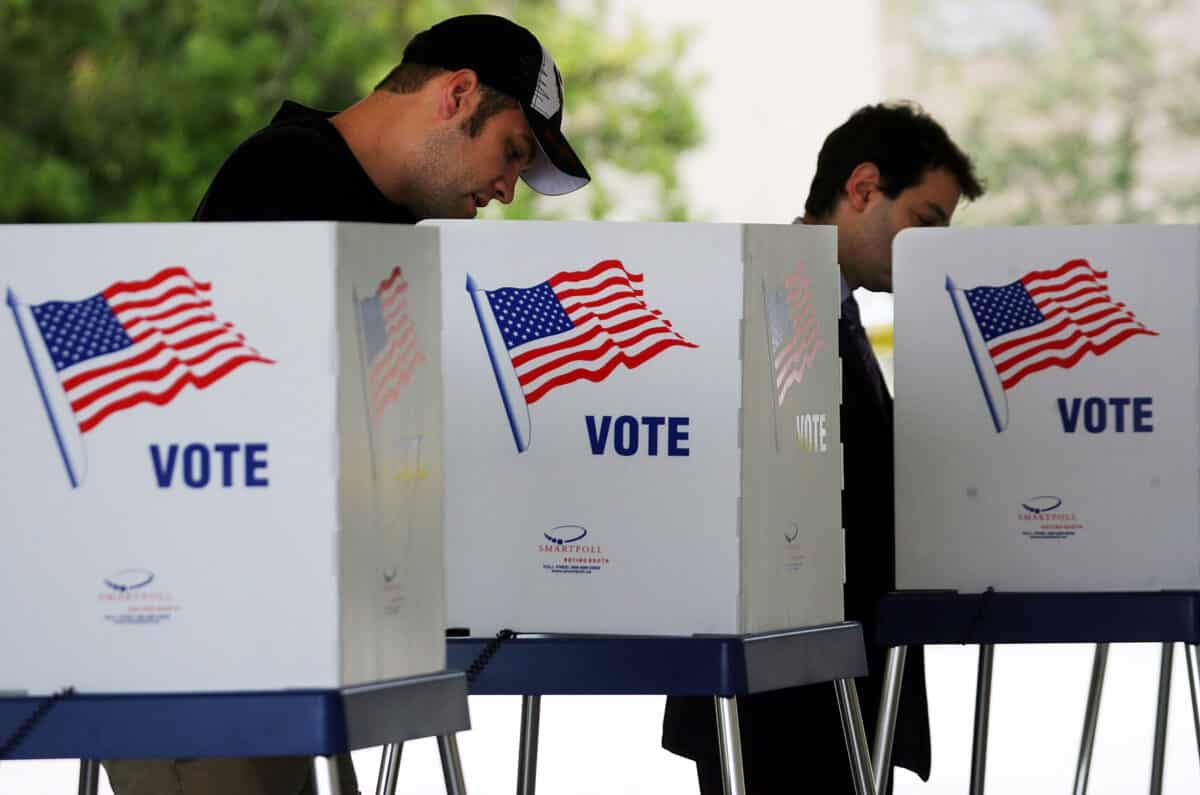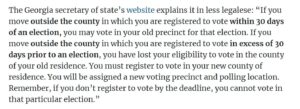A new report from an association of public opinion and survey research professionals found that supporters of former President Donald Trump who refused to take part in surveys were one of the likely reasons polls overstated President Joe Biden’s lead in the 2020 election, the biggest polling inaccuracy in 40 years.
The report from the American Association for Public Opinion Research (AAPOR) found that Biden’s lead over Trump was overstated in national polls by 3.9 percentage points, the largest such polling bias since 1980. At the same time, polls at the state level overestimated Biden’s lead by 4.3 percentage points, the biggest miss for state-level pre-election political preference surveys in at least 20 years.
The two most likely reasons for the polling inaccuracy were Trump supporters not responding to survey-takers and an influx of new voters that were not accounted for in polls, the report said. At the same time, the report’s authors noted that they were unable to make definitive conclusions on the reasons driving the 2020 polling biases.
“Identifying conclusively why polls overstated the Democratic–Republican margin relative to the certified vote appears to be impossible with the available data,” the report states. Its authors did rule out a number of factors blamed for pre-election poll inaccuracies in 2016, including late-deciding voters breaking heavily for Trump and the so-called “shy” voter phenomenon, which is the idea that voters would tell pollsters they were undecided despite having already made up their minds who to vote for.
A study in August 2020 showed that nearly 12 percent of Republican voters fall into the “shy voter” category, meaning they would be reluctant to disclose to pollsters their true preferences.
“That the polls overstated Biden’s support more in whiter, more rural, and less densely populated states is suggestive (but not conclusive) that the polling error resulted from too few Trump supporters responding to polls,” the report states. “A larger polling error was found in states with more Trump supporters.”
Joshua Clinton of Vanderbilt University, the chairman of the 19-member AAPOR task force, told Bloomberg that the report failed to find major differences in polling errors based on whether they were conducted by Democrats or Republicans.
“It’s not clear that Republican pollsters did any better, so it’s an issue that is pretty pervasive,” Clinton told the outlet. “All partisan pollsters have the same incentive to get this right, but Democratic pollsters and Republican pollsters were off by equal amounts.”
The report notes that it is unclear whether the problems plaguing poll reliability will persist in the upcoming elections or if it’s a phenomenon that is linked to the presence of Trump on the ballot.
“It’s possible that if President Trump is no longer on the ticket or if it’s a midterm election where we know that the electorate differs in the presidential election, that the issue will kind of self-resolve itself,” Clinton told The Washington Post.
Trump has been a vocal critic of pre-election polls, calling them “a joke” in a May 15 statement.
“Even the rigged final result was extremely close. It’s called SUPPRESSION POLLING and it should be illegal. These are crooked, disgusting, and very dishonest media outlets and they know exactly what they are doing,” Trump said.



